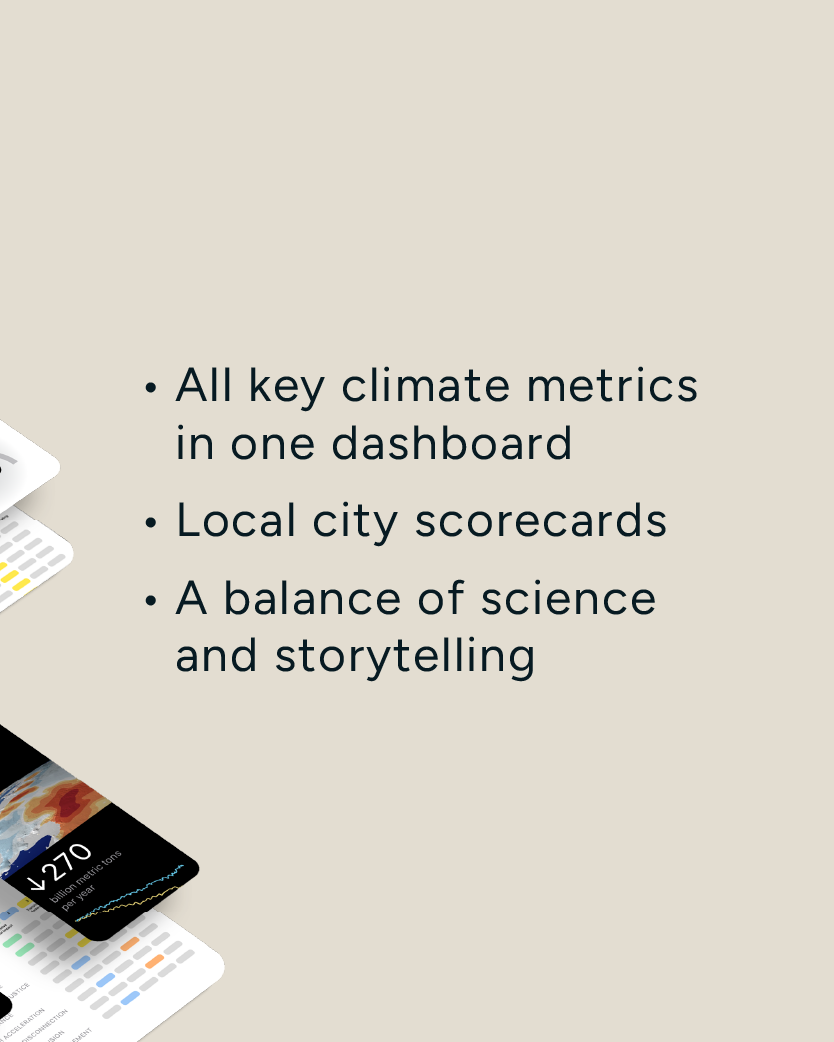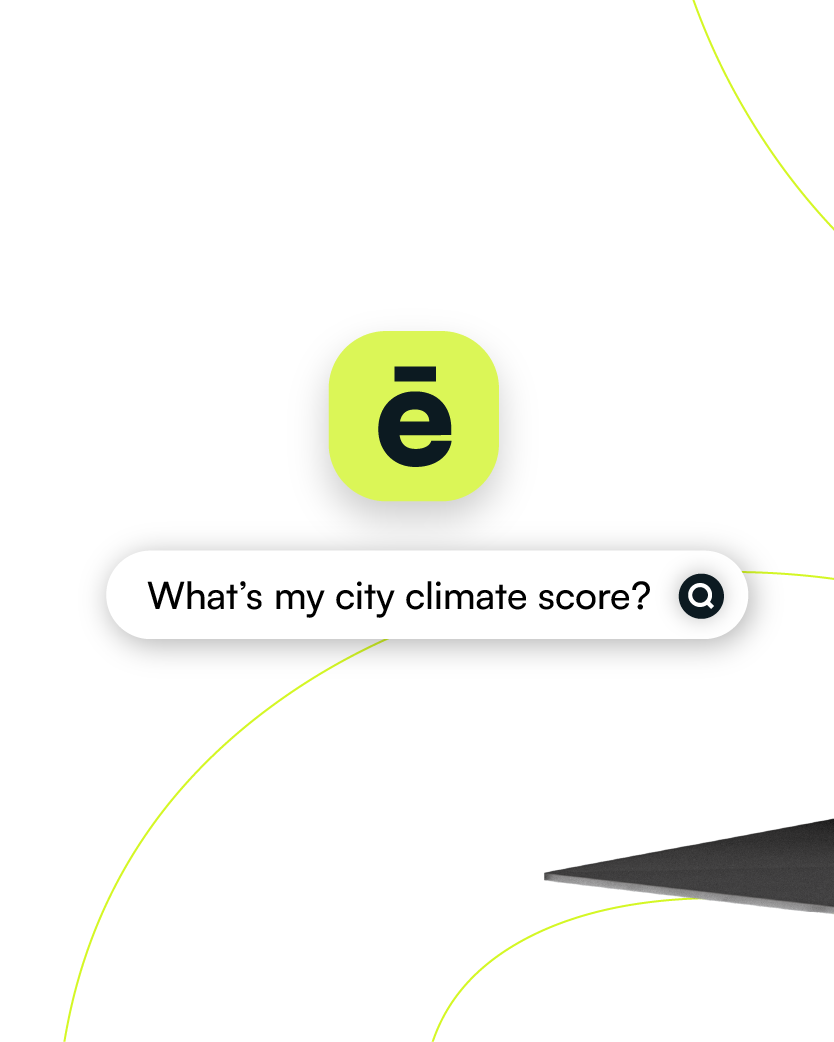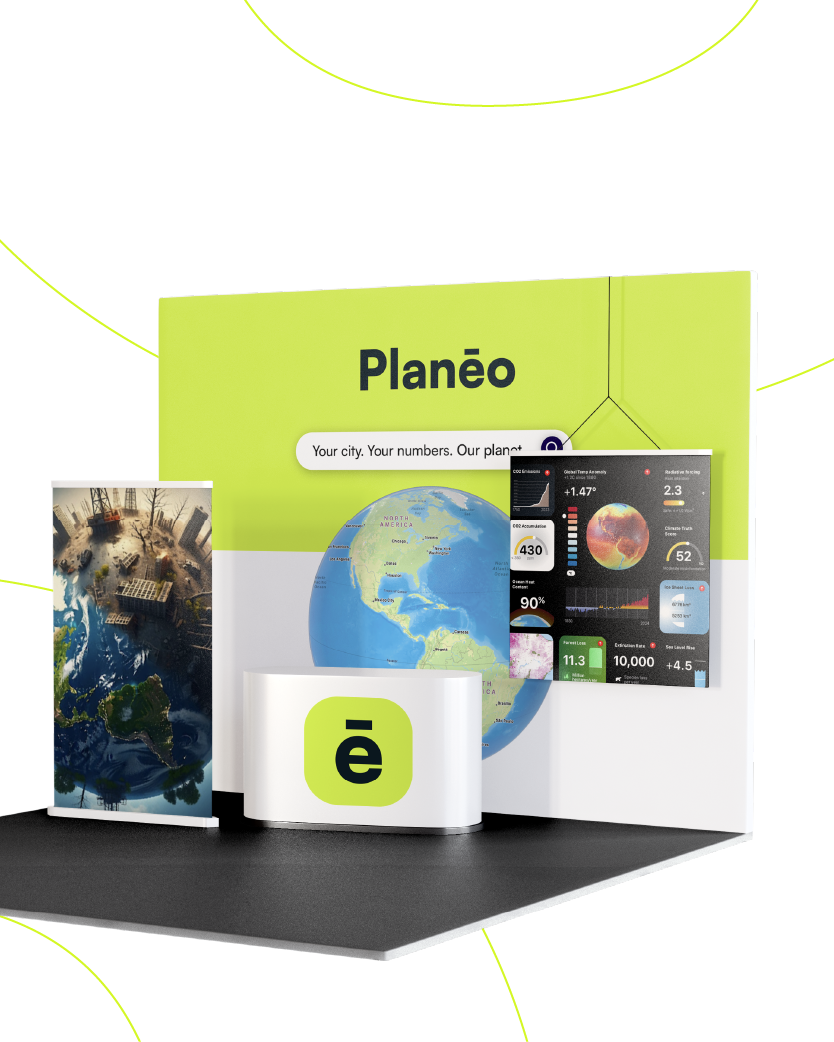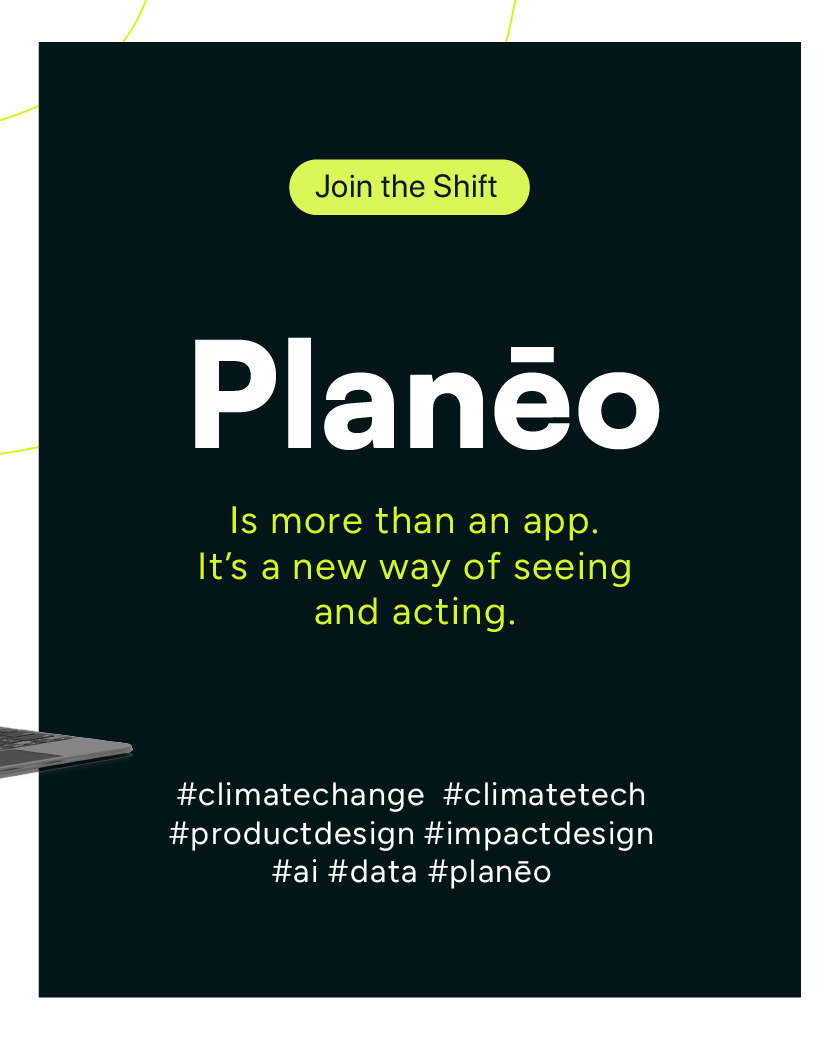The Climate Tracker is for those who want to understand, feel, and act






See the change
Be the shift.












Case Study Summary
Ai Research
Planēo’s concept, content, scoring system, and branding were co-developed with AI to:
Analyze global climate risk data
Develop a global-local metric system
AI-assisted metric framework
Public data from climate orgs, NGOs, and cities
Designed with transparency and scalability




